CollabCAD Features and Advantages
Design & Drafting
CollabCAD provides facilities to build and edit entities in virtual 3D space using basic geometry such as lines, arcs, and conic sections. 2D profile and free hand sketching is also available. In addition there is detailed dimensioning, tolerances, symbols etc.
Besides the conventional CAD/CAM features, CollabCAD also provides a collaborative framework for CAD/CAM professionals to work across a network and concurrently access the same design for viewing and modification.
Collaboration during design/assembly facilitates rapid product visualization and drastically cuts down the time for requirement specification, modeling, review and analysis. In such collaborative endeavors involving expertise from many people, the deployment of CollabCAD can come very handy.
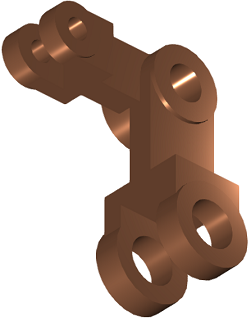
Surface Modeling
CollabCAD supports the creation and modification of surface entities ranging from planes to more complicated geometric entities such as B-Spline, Bezier, Surface of Revolution etc.Easy-to-use interface are provided for creation of each of these surfaces. It also provides the facility for trimming and lofting of Surfaces. Surface Diagnostics are availabe.
Reverse Engineering: CollabCAD can generate complex surface and curves from a set of points obtained from raw/scanned data. The cross section slicing feature of CollabCAD enables the user to obtain the point data on the intersected curves.
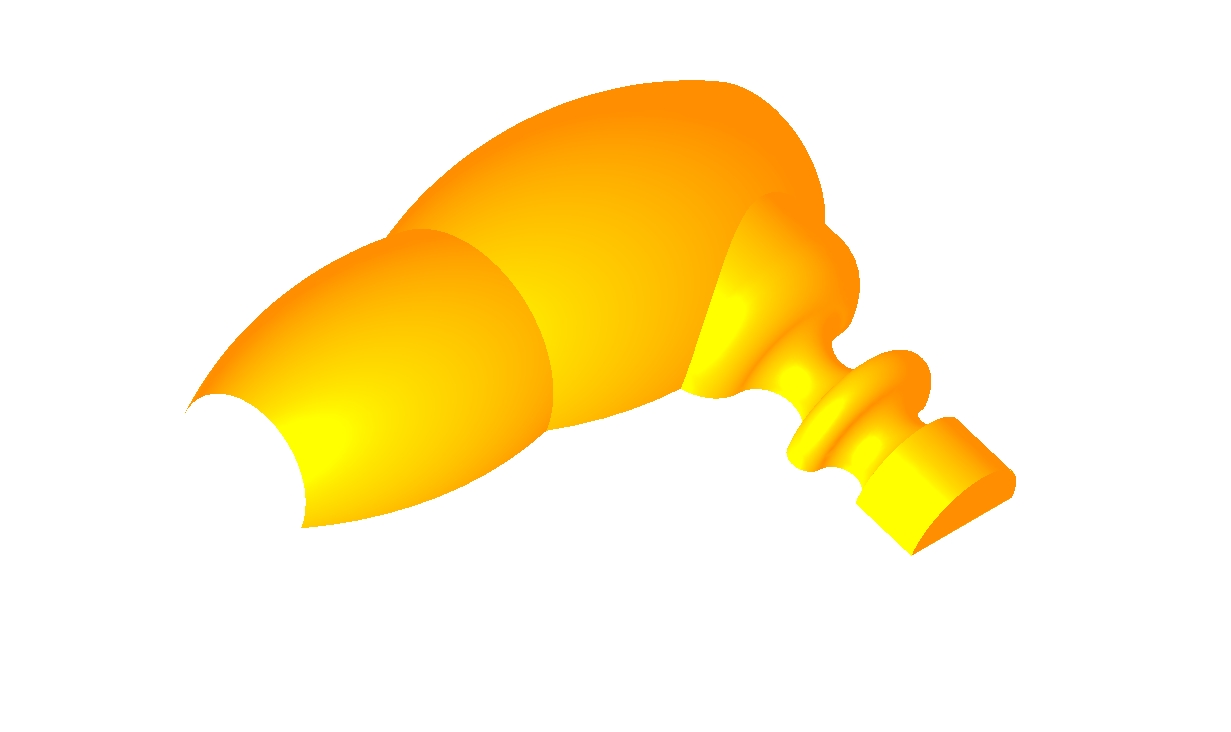
Solid Modeling
CollabCAD offers the Modeling of Solids primitives like Cone, Cylinder, Sphere, Box, Torus, Slab, Freeform, Revolution Solid and Sweep Solid, etc. by various methods. It supports boolean operations, mass and section property calculations, sectioning, slicing. It provides the facility for blending of Edges and Vertices of Solids. It also offers excellent shading and transparency features using different color combinations for presentations, conceptualisation and visualization.Constraint based parametric profile editing and assembly modeling are some of the forthcoming features.
Feature Based Part Modeling: CollabCAD offers form features(depressions or protrusions)like hole, rib, slot, prism, pipe and revolve features.
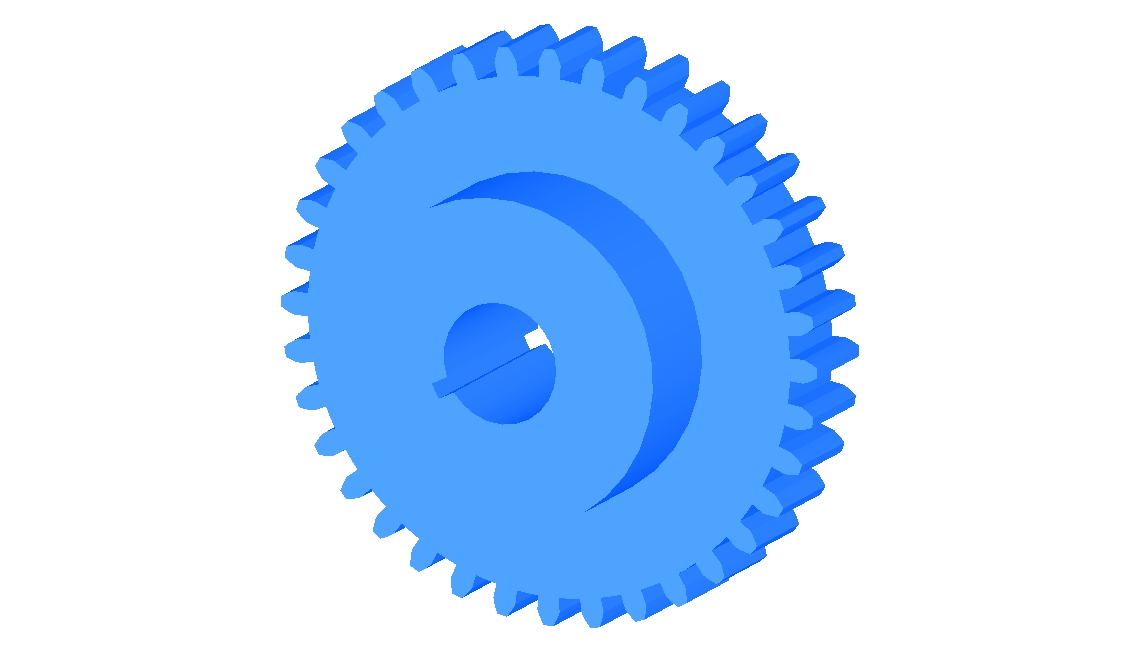
Assembly
Constraint based parametric profile editing is also available. The Assembly Design Module allows assembly and sub-assembly of components based on a robust 3D Constraint Solver. A 3D Tolerance Analysis for Assembly and Manufacture Module is also provided in a bid to help the Manufacturing Industry improve the quality of its products and produce them at a lower cost. The appropriate allocation of tolerances in an assembly may result in lower costs per assembly and a higher probability of good fit, reducing the number of rejects or the amount of rework.
This module facilitates the user to create the Measured Points, Linear Tolerance Dimensions, Angular Tolerance Dimensions, Tolerance loops, performing the Tolerance Analysis on created loops, performing Tolerance Synthesis and viewing the results.

Collaborative Design
CollabCAD provides a collaborative framework for CAD/CAM professionals to work across a network and concurrently access the same design for viewing and modification. It also offers an interactive design environment through audio and video conferencing, for on-line communication between participating designers. Collaboration during design/assembly facilitates rapid product visualization and drastically cuts down the time for requirement specification, modeling, review and analysis. In such collaborative endeavors involving expertise from many people, the deployment of CollabCAD can come very handy.
This would greatly enhance the interactions and reduce the time frame for decisions. CollabCAD allows geographically dispersed users to share information and work together on complex cases using engineering drawings that are maintained on a central CollabCAD Server.
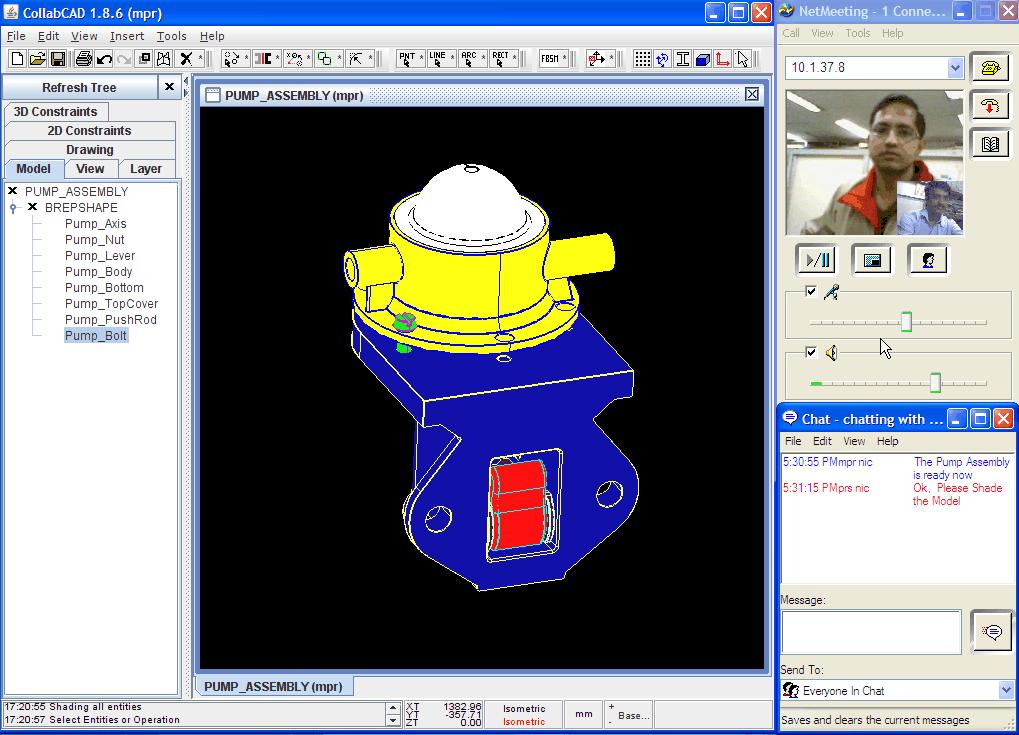
Data Exchange
CollabCAD enables CAD data exchange using international standards
Import - IGES/STEP/STL/BREP
Export - IGES/STEP/VRML/STL/XML/BREP
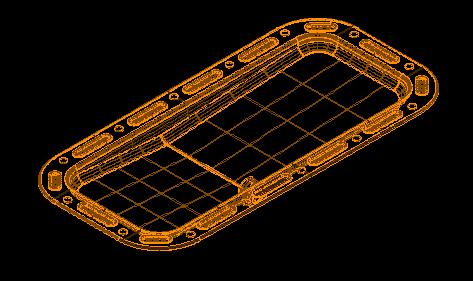
Basic NC Operations
CollabCAD offers the basic NC operations like roughing, milling, drilling, threading etc.
It facilitates the user to observe the animation of the tool along the tool path.
PSG CollabCAD PostProcessor (PCP) V 1.2 is available with CollabCAD. PCP has been developed for the Fanuc Series.
PCP is s an initiative of PSG COLLEGE OF TECHNOLOGY, Coimbatore, India. It is an open source application software developed in JAVA platform and PSG Tech has given NIC the permission to bundle and distribute PCP along with CollabCAD.
Customization
CollabCAD facilitates the user to do 2D and 3D CAD Modeling using Scripting. CollabCAD creates a journal file which can be used for re-generation of the model. CollabCAD provides XML based Tool Palette that facilitates User Customization.
Visualisation
Vrweb
A Multi-System VRML Viewer is bundled with CollabCAD. VRweb is a browser for 3D worlds and objects modeled in VRML. VRweb is copyrighted by the Institute for Information Processing and Computer Supported New Media (IICM), Graz University of Technology, Austria.
Blender
An open source integrated suite of tools enabling the creation of a broad range of 3D content. It offers full functionality for modelling, rendering, animation, post-production, creation and playback of interactive 3D content with the singular benefits of cross-platform operability. Blender can be used to create 3D visualizations, stills as well as broadcast quality video, while the incorporation of a real-time 3D engine allows for the creation of 3D interactive content for stand-alone playback.
Design Data Management
CollabCAD provides an interface to Slide, a Jakarta project. The Slide project main module is a content repository. Conceptually, it provides a hierarchical organization of binary content which can be stored into arbitrary, heterogenous, distributed data stores.
CollabCAD provides a checkin and checkout facility to archive/retrieve the designs and engineering documents in the Slide Repository. Access and Authorization Control (security & locking) of the CollabCAD part files in the repository is also available. The content manager also provides the facility for versioning of the designs and engineering documents.
WorkFlow
Bonita is a flexible cooperative workflow system, compliant to WfMC specifications, based on the workflow model proposed by the ECOO Team, which incorporates the anticipation of activities as a more flexible mechanism of workflow execution. The system provides:
1. A comprehensive set of integrated graphical tools for performing the process conception and definition, the instantiation and control of this process, and the interaction with the users and other applications
2. A browser-based environment
3. A Third Generation Worflow engine based in the activity anticipation model. This flexibility allows a considerable increase of speed in the design and development phases of cooperative applications.